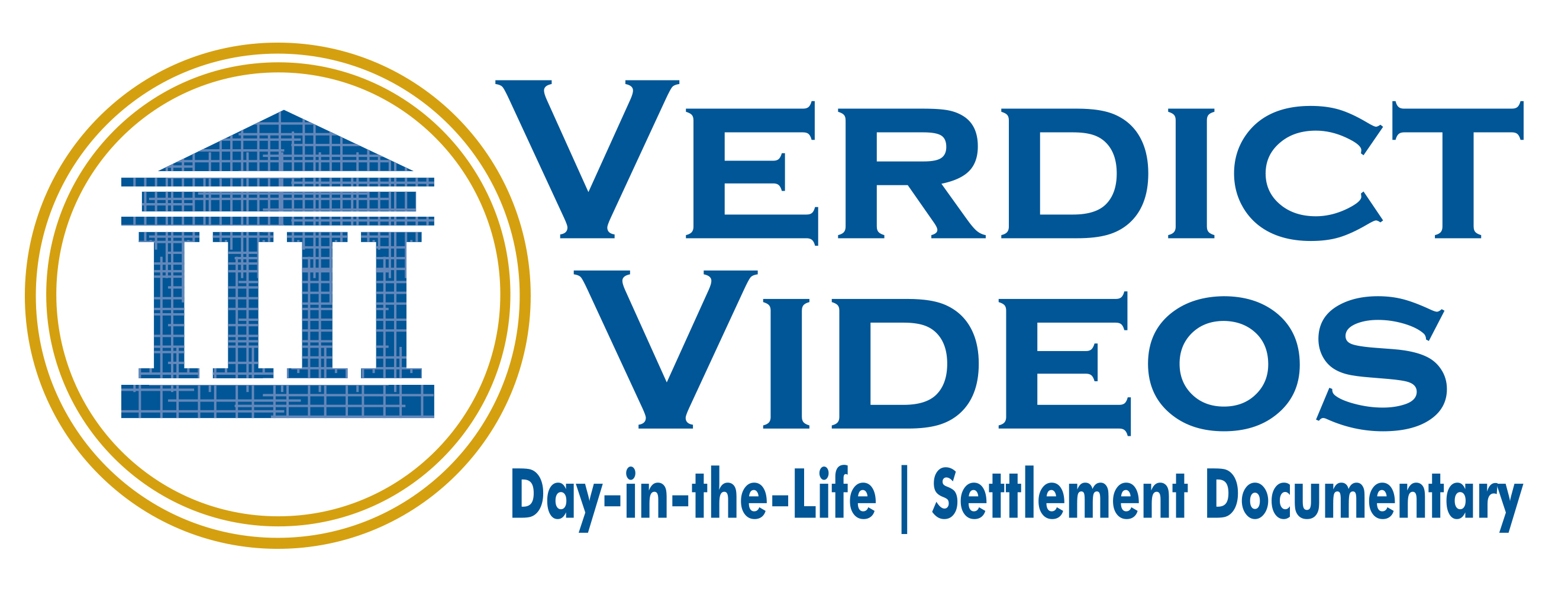There is one unwritten rule when preparing for a legal video documentary: never interview the victim on camera for a settlement video. The reason is obvious; so as not to provide opposing counsel information that could be potentially harmful to the case. The basic wisdom is to err on the side of caution, rather than have the victim potentially reveal information which could be considered contradictory to other testimony or evidence produced in the case. The general rule is to keep it simple and avoid controversy.
Notwithstanding general wisdom, sometimes rules are made to be broken. Non-physical injury cases seem to require, if not demand, an interview of the victim. When it comes down to it, the victim’s ordeal can only be conveyed by the victim in order to fully understand the nature and extent of the injuries. Does one dare break the one unwritten rule? Certainly not before you and your video-production team complete due diligence.
A professional video-production team will spend a significant amount of time carefully reviewing case materials and constructing a series of interview questions to pose to the victim. Only after the team conducts an in depth pre-shoot interview with the victim should you carefully weigh your decision to interview the victim on camera. Be aware, all video-tapings may be discoverable and contradictory testimony may be used against the victim. Only after a careful sifting and winnowing process can the team proceed with the videotaping of the victim.
While this may not be the approach for most personal injury cases, breaking the rules has its just rewards for non-physical injury cases. On videotape, the questions posed can not only capture the horror of the victim’s experience in the victim’s own words, but the victim’s body language and heart-felt facial and vocal expressions can reveal intense emotions that also add to the victim’s credibility and sincerity. This portrayal of the victim is generally the emotional catalyst the case needs to persuade the opposing side to settle.
For mild and traumatic brain injury cases, interviewing the plaintiff may be the only way to demonstrate for the opposing parties the invisible effects of their injury. Communication and cognitive impairments may be detected during the on-camera interviews and may be spliced with expert witness interviews and day in the life footage to highlight expert observations and opinions. Again, interviewing the plaintiff should only be considered on a case-by-case basis. However, it is most important when demonstrating the plaintiff’s suffering, that the video documentary remain authentic; staying true and accurate to the facts and circumstances.

